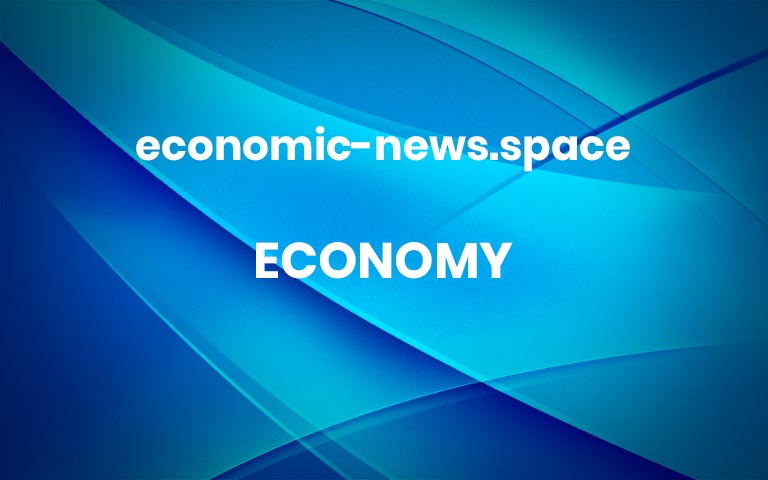The secondary ‘tariff man’ cometh

Unlock the White House Watch newsletter for freeYour guide to what the 2024 US election means for Washington and the worldDonald Trump is living up to his “tariff man” brand. On Monday, he appeared to invent a new one altogether. Secondary tariffs — a mash-up of secondary sanctions and tariffs — will be imposed by the US on any nation that buys oil or gas from Venezuela. The import duties will take effect from April 2, the day when the world expects to hear what the US administration’s plans are for its headline agenda of reciprocal levies.One Must-ReadThis article was featured in the One Must-Read newsletter, where we recommend one remarkable story each weekday. Sign up for the newsletter hereHow will it work? Trump says America would apply a 25 per cent tariff on buyers of Venezuelan crude “on top of existing tariffs”. How it will be applied and enforced is unclear. But for the US president, the details are beyond the point (America was in fact the largest importer of oil from the South American country last year, based on ship tracking data). Trump reckons the mere threat of losing access to the US market is enough to get other nations to act as he pleases. “It’s quite clever, and could actually work in this situation,” says former UK trade department official Allie Renison, now at consultancy SEC Newgate. “But it’s a concerning move if it becomes precedent and other countries acting in bad faith follow suit.”The White House accuses Venezuela of “purposefully and deceitfully” sending “tens of thousands of high level, and other, criminals” to the US. Oil is a lifeline for President Nicolás Maduro’s authoritarian regime: it accounts for over four-fifths of its exports. Other than the US, most of the rest goes to China, India and Spain.Mess around and find out is in effect what Trump is telling buyers of Venezuelan oil. Analysts reckon most nations will “self-sanction”, by clamping down on Venezuelan oil supplies to, well, avoid finding out. The art of the deal here is creating a supposed win-win situation. The calculation is that lost revenues will force Maduro into accepting more Venezuelan deportees from the US, while also raising tariff income from anyone not complying with the secondary sanction.Trump has form here. In January, the president threatened Colombia with 25 per cent tariffs, among other sanctions, for its refusal to take deported migrants. Colombia’s government backed off. After pulling America out of the Iran nuclear deal in 2018, Trump reintroduced secondary sanctions on those doing business with the country too.Extortion-by-tariff will be a feature of the president’s plans to reshape the international order in his favour. Trump is less keen on financial sanctions, which he has suggested risk undermining the dollar (although his chaotic tariff agenda appears to be doing that anyway.) Though the transactional approach of dangling access to US markets to gain concessions might seem to be potent on a deal-by-deal basis, for Trump’s broader objectives for America, tariffs are a blunt instrument.Venezuelan oil comprises a small portion of the international market, but the most immediate impact has been a jump in global oil prices. That’s probably not what US consumers, who are already fearing higher inflation, wanted to hear. Nor is it consistent with the administration’s objective to lower pump prices, though it could be congruent with its plans to encourage US producers to “drill baby drill”.Who knows? In the leaked Signal messages between senior White House staff, vice-president JD Vance worried air strikes on Houthis could lead to a “spike in oil prices”.That’s the risk of reading too much into Trump’s tariff plans. Beyond trying to coerce other nations, there isn’t a coherent strategy here. Indeed, if the administration continues to use tariffs as its economic tool of choice, faith in doing business with America will fade (as it has started to already). In that case, over time, its tariff threats will lose their bite as well. More

